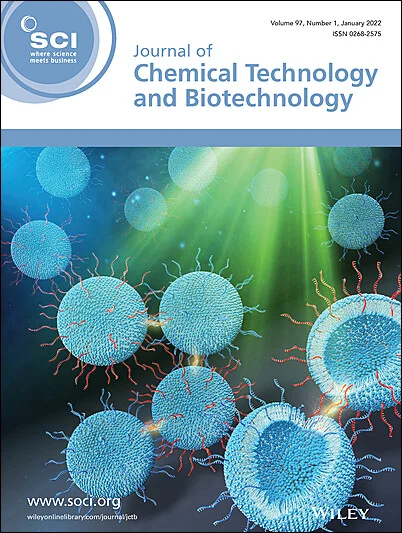Optimizing green diesel-like hydrocarbons from direct hydrodeoxygenation of oleic acid using Zr-MOF/SBA-3 catalyst
Abstract
BACKGROUND
The increasing environmental concerns and depletion of fossil fuels necessitate the development of sustainable alternatives such as biofuels. Biofuels are renewable and emit fewer pollutants than traditional fossil fuels, making them a critical component of the global energy transition. Hydrodeoxygenation (HDO) is a key reaction in renewable fuel production, removing oxygen from biomass-derived feedstocks to produce hydrocarbon fuels. Oleic acid (OA), a monounsaturated fatty acid abundant in non-edible and waste cooking oils, serves as an ideal feedstock for HDO due to its high unsaturated fatty acid content and availability.
RESULTS
This study investigates direct HDO of OA, a potential route for sustainable biofuels. A novel Zr-MOF/SBA-3 catalyst is meticulously synthesized to leverage the combined strengths of Zr-MOF's active sites and SBA-3's porous structure for optimal HDO performance. Various characterization techniques unveil the catalyst's structural and morphological properties. The impact of reaction temperature, liquid hourly space velocity, and reaction time on diesel-like hydrocarbon conversion and selectivity is explored. Under optimized conditions (360 °C, atmospheric pressure, 10 h), hydrocarbon selectivity reaches 91.6%. Kinetic studies reveal Arrhenius behavior for OA conversion, with an activation energy of 120 kJ mol−1.
CONCLUSION
The integration of SBA-3 with Zr-MOF in the hybrid material enhanced its thermal stability and acid site distribution, resulting in a promising Zr-MOF/SBA-3 catalyst for HDO reactions of OA. These findings suggest a promising approach for converting renewable OA into diesel-like hydrocarbons. © 2025 Society of Chemical Industry (SCI).

 求助内容:
求助内容: 应助结果提醒方式:
应助结果提醒方式:


